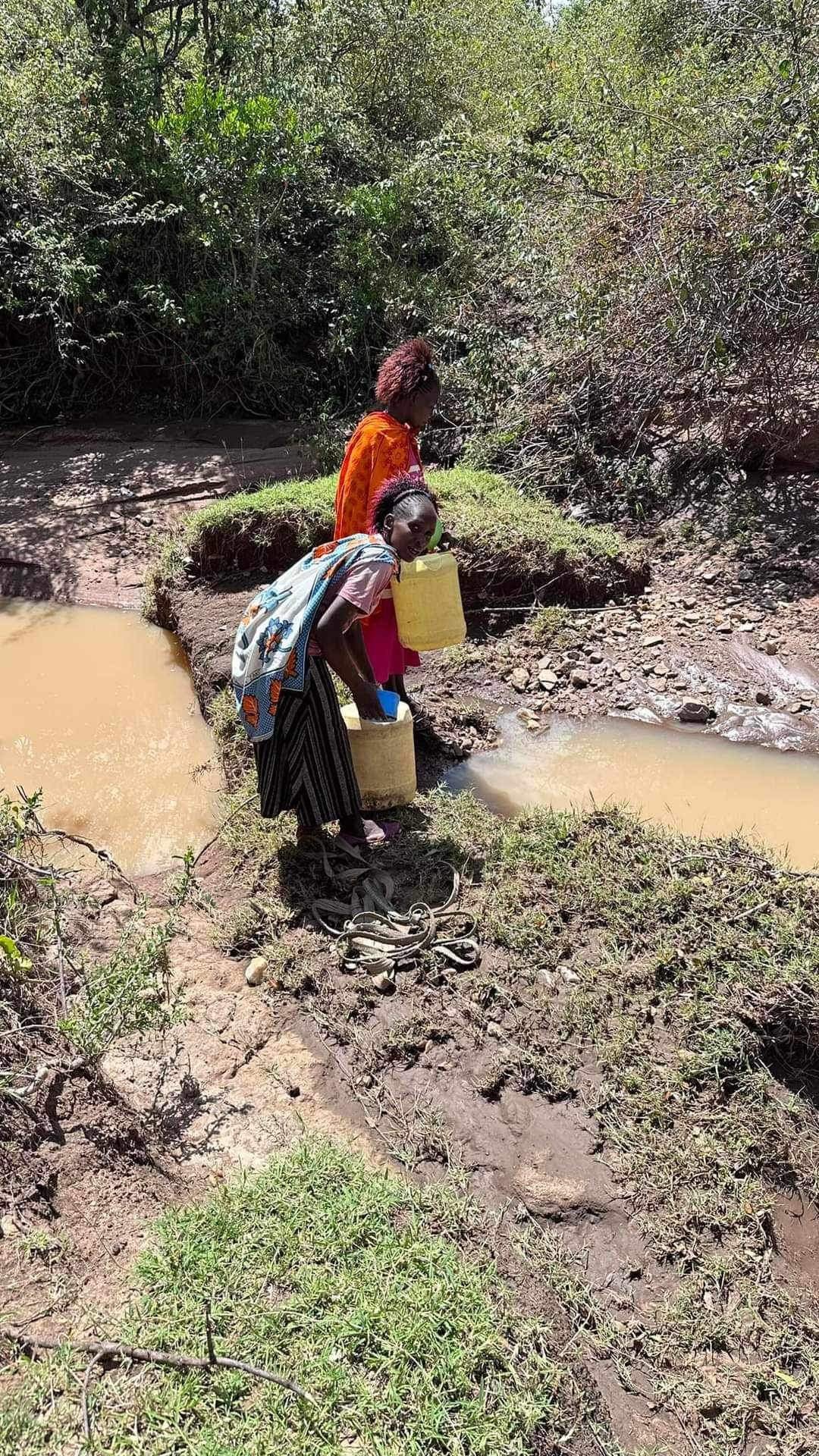The Masai Mara: A Historical Odyssey Through Kenya's Iconic Wilderness
The Masai Mara: A Historical Odyssey Through Kenya's Iconic Wilderness
The Masai Mara, an iconic name that resonates with the wild heart of Africa, is a place of remarkable beauty, rich wildlife, and an equally captivating history. Located in southwestern Kenya, this expansive game reserve has become synonymous with breathtaking safaris and awe-inspiring natural wonders. In this blog post, we'll embark on a historical journey to uncover the origins and development of the Masai Mara, delving into its fascinating past and evolution into one of the world's most renowned conservation areas.
Chapter 1: Ancient Roots
The history of the Masai Mara is deeply rooted in the presence of the indigenous people of the region – the Maasai. For centuries, the Maasai have been the guardians of this land, coexisting harmoniously with the wildlife. Their rich cultural traditions and rituals have played a vital role in shaping the Masai Mara's identity.
Chapter 2: British Colonization
The colonial era marked a significant turning point in the history of the Masai Mara. In the late 19th century, British colonists arrived in Kenya, leading to territorial disputes and changes in land ownership. The Maasai, who had historically roamed freely, faced displacement, and much of their land was taken over.
Chapter 3: Maasai Mara as a Game Reserve
The Maasai Mara as we know it today began taking shape in the 1960s when it was established as a wildlife reserve. This was a pivotal moment for the region, as it marked a shift towards the protection and preservation of the area's incredible biodiversity. The reserve was originally named the Maasai Mara Game Reserve.
Chapter 4: The Great Migration
One of the Masai Mara's most famous natural spectacles, the Great Migration, involves millions of wildebeest, zebras, and other herbivores journeying across the Mara River into the Masai Mara from the Serengeti in Tanzania. This awe-inspiring event has become a significant attraction, drawing visitors from around the world.
Chapter 5: Evolution into a National Reserve
In 1974, the Maasai Mara Game Reserve was renamed the Maasai Mara National Reserve. This change in designation marked a significant step in recognizing the ecological importance of the area and further cemented its status as a premier wildlife conservation destination.
Chapter 6: Conservation and Tourism
The Maasai Mara's history is intricately tied to the growth of wildlife conservation and eco-tourism. Conservation initiatives, sustainable tourism practices, and community involvement have played a crucial role in maintaining the ecological balance and supporting local communities.
Chapter 7: Challenges and Conservation Efforts
While the Masai Mara remains a sanctuary for diverse wildlife, it has faced challenges, including habitat loss, human-wildlife conflicts, and poaching. Conservation organizations, governmental bodies, and local communities have joined forces to combat these challenges and protect the region's unique ecosystem.
Chapter 8: The Future of the Masai Mara
As we look to the future, the Maasai Mara faces both exciting opportunities and ongoing challenges. Sustainable tourism, continued conservation efforts, and community involvement will be vital in preserving the Mara's natural treasures for generations to come.
A Living Legacy
The history of the Masai Mara is a captivating tale of resilience, adaptation, and the enduring beauty of nature. From its ancient roots with the Maasai people to its status as a globally recognized wildlife haven, the Masai Mara stands as a testament to the importance of preserving our natural world. With the right balance of conservation and sustainable tourism, this iconic wilderness will continue to inspire and awe visitors for years to come.


